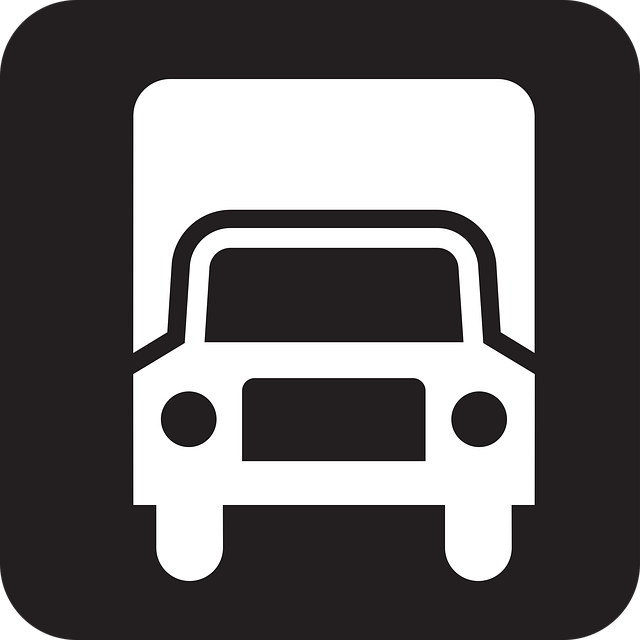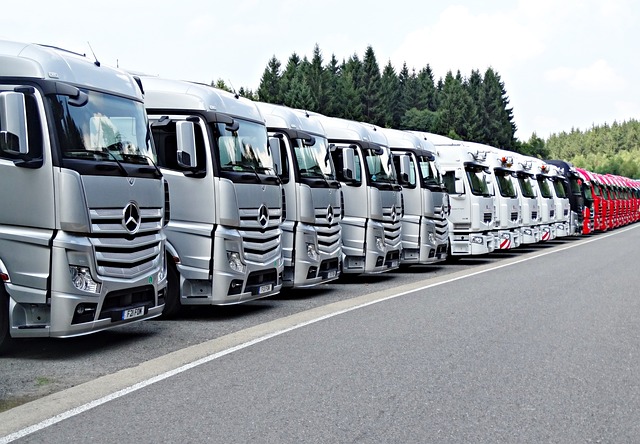Registering Your Car in California: A Step-by-Step Guide for DMV Vin Verification
Looking to register your car in California? This comprehensive guide walks you through every step, from understanding key requirements for car registration in California to completing the DMV vin veri…….

Looking to register your car in California? This comprehensive guide walks you through every step, from understanding key requirements for car registration in California to completing the DMV vin verification process. Learn what documents you need, how to prepare your vehicle for inspection, and essential post-registration steps. Get ready to navigate the process smoothly and legally!
- Understand the Requirements for Car Registration in California
- Gather Necessary Documents for DMV Vin Verification
- Prepare Your Vehicle for Inspection and Registration
- Complete the DMV Registration Process Step-by-Step
- Post-Registration Steps: Important Considerations and Next Actions
Understand the Requirements for Car Registration in California

Before registering your car in California, it’s crucial to understand the requirements and necessary steps. One key aspect is ensuring the vehicle’s identity through a process known as DMV VIN verification. This involves confirming the Vehicle Identification Number (VIN) with the California Department of Motor Vehicles (DMV). The VIN is a unique code that can be used to access important vehicle history details, including ownership records and any reported accidents or defects.
Additionally, for added convenience, many individuals opt for mobile VIN verification services. These services, provided by mobile vin verifiers or mobile vin inspection companies, offer on-site checks where a professional will come to your location to perform the VIN verification using advanced technology. This is especially useful if you’re busy or have difficulty visiting a DMV office.
Gather Necessary Documents for DMV Vin Verification

To register your car in California, you’ll need to undergo a DMV VIN verification process. Before heading to the DMV, ensure you gather all necessary documents. This typically includes the vehicle’s registration certificate from the previous state, proof of insurance, and a valid driver’s license. Additionally, you’ll require the Vehicle Identification Number (VIN) report, which can be obtained through a mobile vin verifier or by conducting a mobile vin inspection.
The VIN is a unique code that identifies your car’s make, model, and year. It’s crucial for the verification process as it helps DMV officials cross-check the vehicle’s details against their records. A mobile vin verification service can provide this report quickly and efficiently, often saving you time and effort compared to traditional methods.
Prepare Your Vehicle for Inspection and Registration

Before heading to the California Department of Motor Vehicles (DMV) for registration, ensure your vehicle is ready through a comprehensive inspection. This involves verifying critical components such as lights, brakes, tires, and emissions systems to meet state safety standards. One crucial step in this process is completing a DMV VIN verification, where your Vehicle Identification Number (VIN) is cross-checked against the manufacturer’s records to validate its authenticity and history.
Utilize modern tools like mobile vin verifiers to streamline this procedure. These portable devices allow for convenient and efficient VIN inspections, offering real-time data access and reducing the time spent waiting in line at the DMV. By ensuring your vehicle passes these preliminary checks, you set the stage for a smoother registration process, making it less likely to encounter delays or issues during submission.
Complete the DMV Registration Process Step-by-Step

Completing the DMV registration process is a straightforward procedure, but it requires careful attention to detail. Start by gathering all necessary documents, including your vehicle’s registration from the previous state (if applicable), proof of insurance, and identification documents such as a driver’s license or passport. Next, visit a California Department of Motor Vehicles (DMV) field office with your vehicle for a DMV vin verification inspection. This step involves a quick check of your car’s identification number (VIN) to ensure it matches the records.
During the inspection, a DMV agent will confirm that all details on your documents are accurate and up-to-date. They’ll also verify that your vehicle meets California’s safety and emission standards. If everything checks out, you can proceed with the registration. This process includes filling out an application form, providing proof of ownership (like a title or bill of sale), and paying the required fees. Once approved, you’ll receive your new California vehicle registration plates, finalizing the entire DMV registration process. Don’t forget to consider alternative options like mobile VIN verification for added convenience.
Post-Registration Steps: Important Considerations and Next Actions

After successfully registering your car in California, there are several important post-registration steps to take. One crucial consideration is ensuring proper vehicle maintenance and safety standards. This includes completing a mobile vin inspection or using a trusted mobile vin verifier to verify the vehicle’s identification number (VIN). It’s essential to keep accurate records of all repairs, maintenance, and inspections for future reference.
Additionally, stay informed about California’s vehicle registration renewals, emissions testing, and any necessary safety recalls. Regularly updating your contact information with the DMV is vital for receiving important notifications. Consider setting reminders or using digital tools to streamline these processes, ensuring you remain compliant with all state regulations.
Registering a car in California involves several steps, from understanding requirements to completing the DMV vin verification process. By gathering the necessary documents, preparing your vehicle for inspection, and following the step-by-step registration process, you’ll be on your way to smooth ownership. Remember to consider post-registration tasks for a seamless transition.







